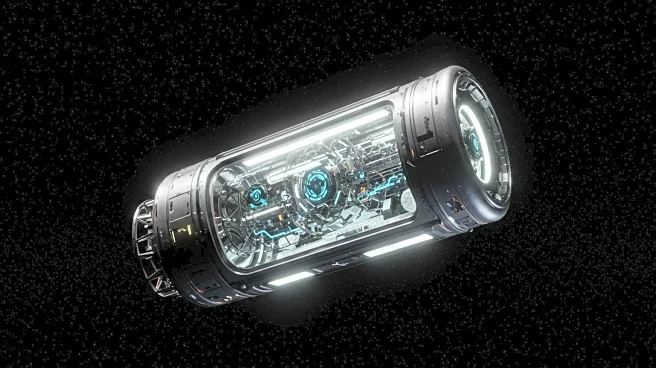What's Happening?
Engineers at Brigham Young University have developed a new class of origami structures that unfold in a smooth motion to create flower-like shapes. These designs, known as bloom patterns, could be used to enhance the effectiveness of space structures such as telescopes and solar panels. The origami structures are compact when stored but can expand into larger shapes, which is beneficial for space applications. The bloom patterns unfold from a flat disc into a curved, three-dimensional shape, reducing the risk of deployment failure. This innovation could lead to more accurate space telescopes and efficient solar panels.
Why It's Important?
The development of these origami structures is significant for the aerospace industry, as it offers a reliable method for deploying large structures in space. The ability to unfold in one motion minimizes the risk of deployment errors, which is crucial for space missions where precision is paramount. This technology could improve the accuracy of space telescopes, leading to better astronomical observations. Additionally, the efficient deployment of solar panels could enhance energy collection in space, supporting long-duration missions and reducing reliance on fuel.
What's Next?
Researchers may continue to explore the potential applications of bloom patterns in space technology. The mathematical model developed for these structures could aid in designing new origami-based inventions. Future studies might focus on optimizing materials and deployment mechanisms to further improve reliability and efficiency. The aerospace industry could adopt these designs for upcoming space missions, potentially revolutionizing how structures are deployed in space.
Beyond the Headlines
The use of origami-inspired designs in engineering highlights the intersection of art and science, showcasing how traditional techniques can inspire modern technological advancements. This approach may lead to innovative solutions in other fields, such as architecture and robotics, where compact and efficient designs are valuable.











